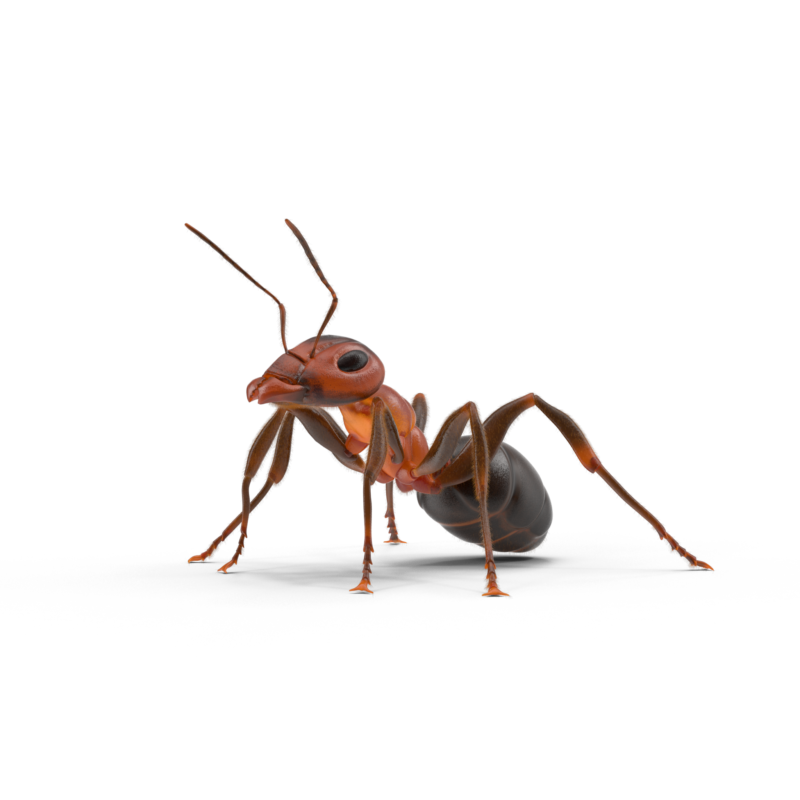What's Eating Your Lunch?
Meet the Lunch Thieves: Ants, Foxes, and Bears in Your Operation
After that morning on the south spoil with Clint, I couldn’t stop thinking about his question. “What’s eating your lunch?” had unlocked something – a way of seeing production losses not as abstract percentages or unfortunate incidents, but as active threats with purpose and pattern.
Over the following months, as I worked with shift supervisors across different sites, I started paying closer attention to these “productivity predators.” And slowly, a pattern emerged. These weren’t random attacks on production – they were organized. Methodical. Each type of loss had its own hunting behavior, its own preferred feeding ground, its own way of avoiding detection.
The breakthrough came while training a very new, very young supervisor on our digital supervisor app – an app that would spit out alerts in the form of audible vibrations on his company-issued phone 30+ times a minute like auditory machine gun fire. He often looked like he was trying to take a sip from a fire hydrant opened all the way. It was clear he had little shift optimization experience, basic mine engineering knowledge, or even supervisory experience to draw on. Most of what I was relaying to him was going over his head, and I could tell he was completely overwhelmed by the constant barrage of hard-to-action alerts blowing up his phone.
I felt like I was failing him. How do I get through to him? How do I help him prioritize what to tackle and in which order?
Over the next few weeks, I developed an easier way to help him categorize what we had been calling his “productivity killers.” Extending from this productivity killer concept, the idea of production predators was born, and by extension, three basic classes of issues categorized by production impact would emerge.
Meet the Ants
- The tiny bites: small, persistent, often invisible
- Behavioral pattern: death by a thousand cuts
- Examples: idle time at loading points, minor cycle delays, three minutes late from lunch, small communication gaps
- Why they’re dangerous: too small to trigger alarms, too consistent to notice
Meet the Foxes
- The cunning mid-size problems: sneaky, adaptive, require strategy
- Behavioral pattern: hit-and-run attacks that adapt to your defenses
- Examples: equipment that runs “okay” but not optimally, training gaps that show up sporadically, process variations
- Why they’re dangerous: smart enough to avoid detection, big enough to hurt, these problems often have to be outmaneuvered through quick strategic thinking
Meet the Bears
- The major threats: big, mean, impossible to ignore
- Behavioral pattern: devastating but hopefully infrequent attacks
- Examples: major equipment failures, weather shutdowns, safety incidents
- Why they’re dangerous: expensive, long lasting, hard to recover from
The Ecosystem Effect
Here’s what I learned from watching operations through this new lens: these predators don’t hunt in isolation. They form an ecosystem where each type of loss creates conditions that enable the others to thrive.
The Ants are often the gateway predators. Those “minor” inefficiencies – a truck taking an extra thirty seconds at the loading unit, a shovel operator who’s slightly off his rhythm, communication delays between dispatch and the field – create stress points in your operation. Equipment starts running closer to its limits. Operators develop workarounds that become bad habits. Maintenance gets deferred because “everything’s still running fine.”
This is exactly what the Foxes exploit. They’re opportunistic hunters who thrive on the weaknesses that Ants create. That shovel that’s been running “okay” but not optimally? It starts throwing intermittent faults because it’s been compensating for other system inefficiencies. The communication gaps that seemed harmless individually? They compound until critical information doesn’t flow when you need it most.
And when your operation is weakened by constant Ant nibbling and Fox harassment, you become vulnerable to the Bears. That major equipment failure didn’t happen in a vacuum – it was preceded by months of small stresses and missed optimization opportunities. The weather event that devastated your production wouldn’t have hit as hard if your systems hadn’t already been compromised by smaller predators.
This is why you can’t use the same strategy for all three. Swatting at Ants with Bear-sized solutions wastes resources and creates new vulnerabilities. Treating Fox problems like Ant problems means they’ll adapt and return stronger. And ignoring the Bear because you’re busy with Ants? That’s how operations get mauled.
The framework’s real power isn’t just in categorizing losses – it’s in giving supervisors a mental model for tactical thinking. When that young supervisor starts thinking in terms of “Ant patrol,” “Fox hunting,” and “Bear Proofing”, everything just clicks. Then we finally have a way to prioritize, strategize, and communicate about what is happening in their neck of the woods.
In our next articles, we’ll arm you with specific strategies to hunt each predator on their own terms.

